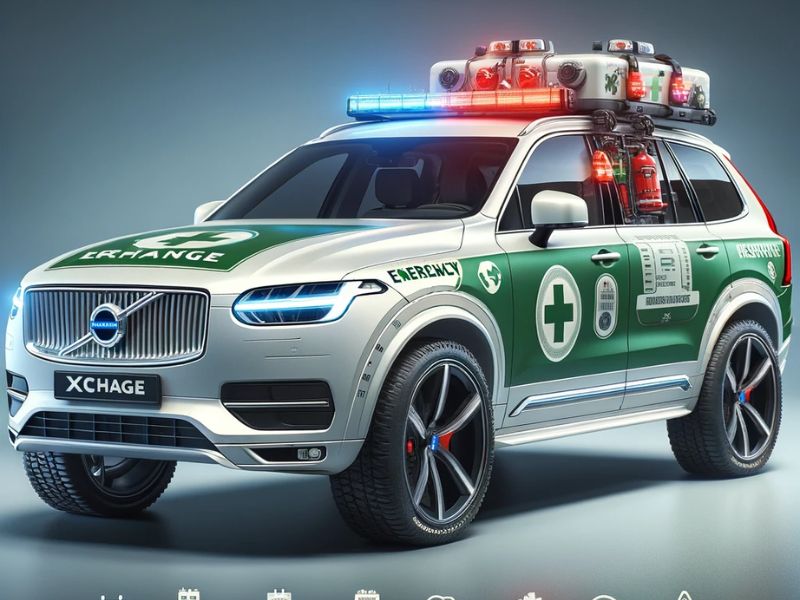
Sustainable Innovation in Emergency Vehicles
Introduction
The emergence of the Volvo XC90 Recharge marks a significant evolution in the emergency vehicle sector. With a growing emphasis on eco-sustainability and technological innovation, the Volvo XC90 Recharge stands as an ideal solution for emergency services, offering an optimal blend of environmental performance and operational capabilities. In this context, the Essex & Herts Air Ambulance Trust (EHAAT) stands out for adopting these vehicles, showcasing the potential of a more sustainable approach to rescue operations.
Transition to a Hybrid Fleet
The introduction of the Volvo XC90 Recharge to EHAAT represents a significant step towards sustainability in emergency services. With the recent acquisition of two Volvo XC90 Recharge plug-in hybrid SUVs, EHAAT has made a quantum leap, combining energy efficiency with increased environmental awareness. These vehicles have been specially adapted to meet the unique needs of rescue operations, including blue light systems for enhanced visibility and safety, crucial in emergency situations.
Operational Benefits
The Volvo XC90 Recharge offers numerous advantages for emergency services. One of the most noteworthy aspects is its nearly silent operation, which improves communication during emergencies, reducing confusion and increasing operational efficiency. Additionally, the absence of exhaust emissions significantly contributes to air quality, an important factor in disaster-affected areas. Vehicle-to-Grid (V2G) technology is another innovative aspect, allowing vehicles to function as mobile power stations in emergency situations, providing electricity to vital infrastructure or temporary housing.
Challenges and Future Perspectives
The adoption of electric vehicles (EVs) in emergency services presents some challenges, including limited range and the lack of charging infrastructure. However, with the continuous development of EV technology and collaboration among emergency service providers, vehicle manufacturers, and technology companies, these challenges are being overcome. Technology continues to evolve, and we can expect further innovations in EVs specifically designed to support and enhance emergency services.
Conclusion
The Volvo XC90 Recharge represents a significant advancement in the safety and efficiency of emergency operations while also contributing to environmental sustainability. With the integration of these vehicles into emergency services, a reduction in response times and an overall improvement in operations are expected, marking a significant step toward a more sustainable and responsible future in the field of rescue.
Sources


